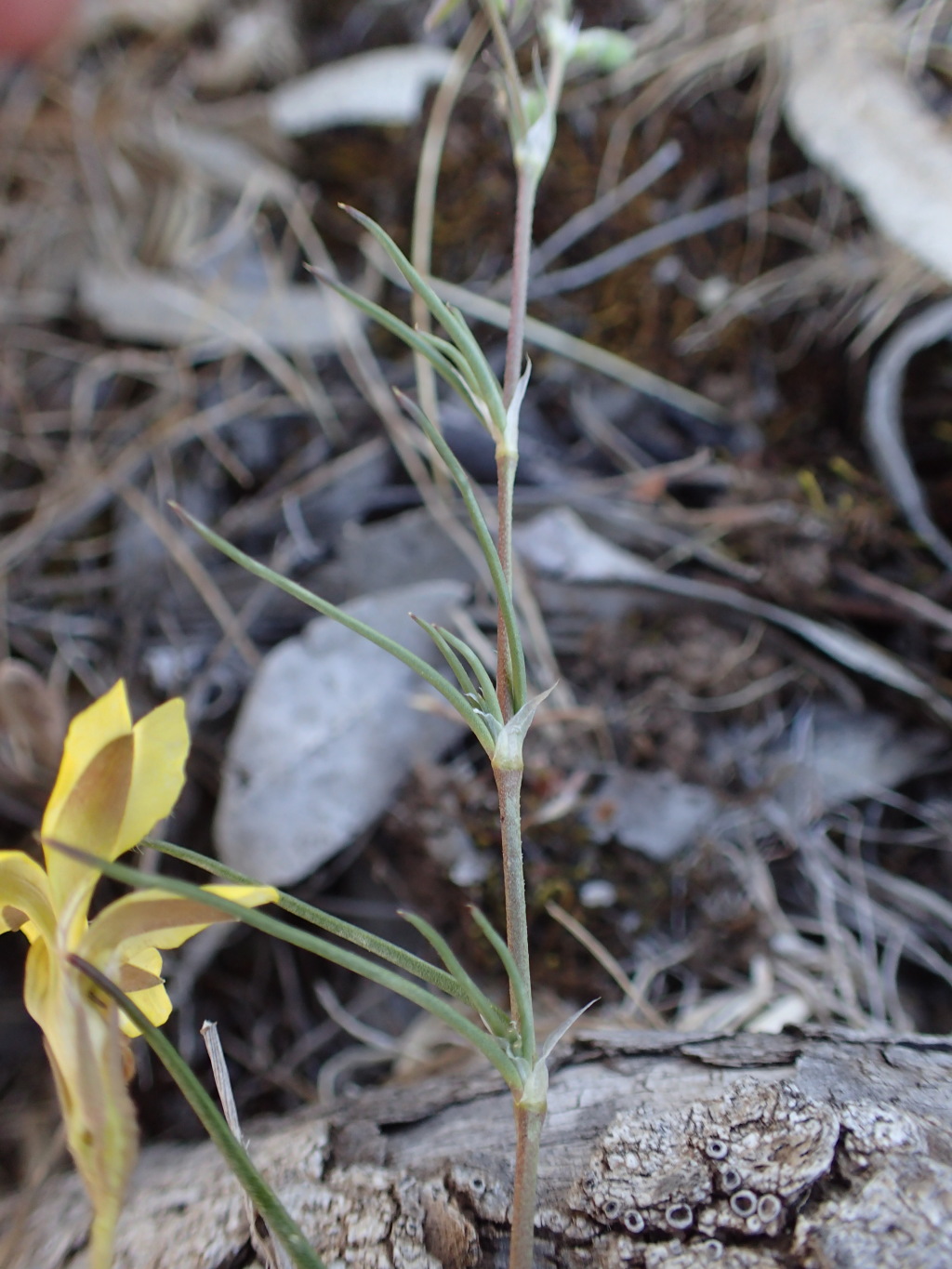Spergularia
Annual to perennial herbs, sometimes with woody rootstock; glabrous to densely glandular-or eglandular-hairy. Leaves opposite; stipules scarious, usually connate around the node; bracts herbaceous or marginally scarious. Flowers in compound dichasia, the branches sometimes monochasial and the flowers then appearing racemose, 5-merous, bisexual or rarely unisexual; sepals 5, free; petals entire; stamens usually 1–10, often with variable number of staminodes; ovary 1-celled, styles 3. Capsule subglobose, ovoid or conical, splitting deeply into 3 valves; seeds numerous, subcuneate to oblique-pyriform or nautiloid, smooth or sparsely to densely tuberculate or papillose, the margin often discrete, tumid and contoured around the usually curved embryo, unwinged or winged, in some species (e.g. S. marina) often with both in the same capsule.
About 40 species, almost cosmopolitan in temperate areas; the majority of the 11 species recorded for Australia are adventive weeds, but the geography and ecology of several species requires investigation before their status as natives or adventives can be inferred.
Adams, L.G.; West, J.G. (1996). Spergularia. In: Walsh, N.G.; Entwisle, T.J., Flora of Victoria Vol. 3, Dicotyledons Winteraceae to Myrtaceae, pp. 257–262. Inkata Press, Melbourne.
 Spinning
Spinning



